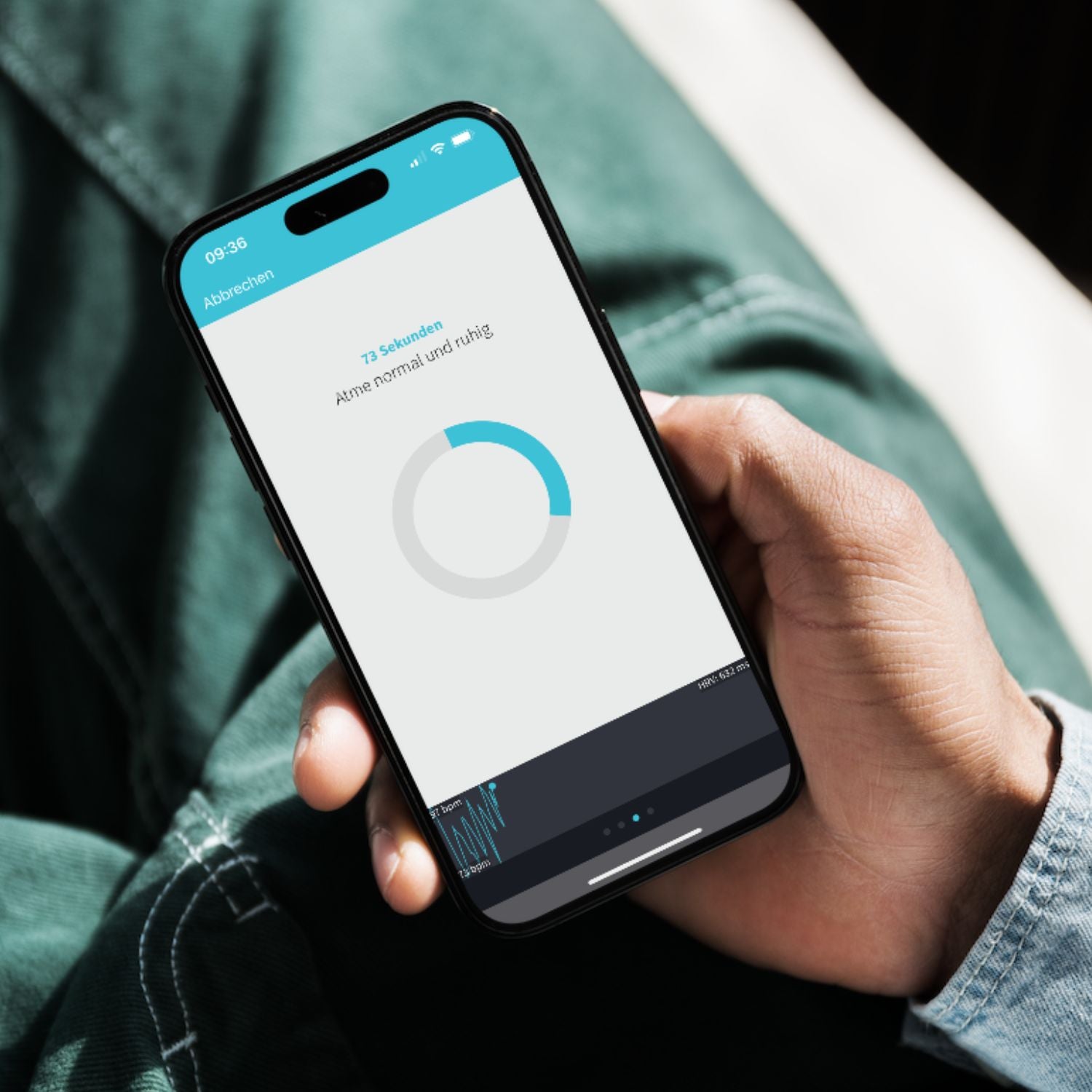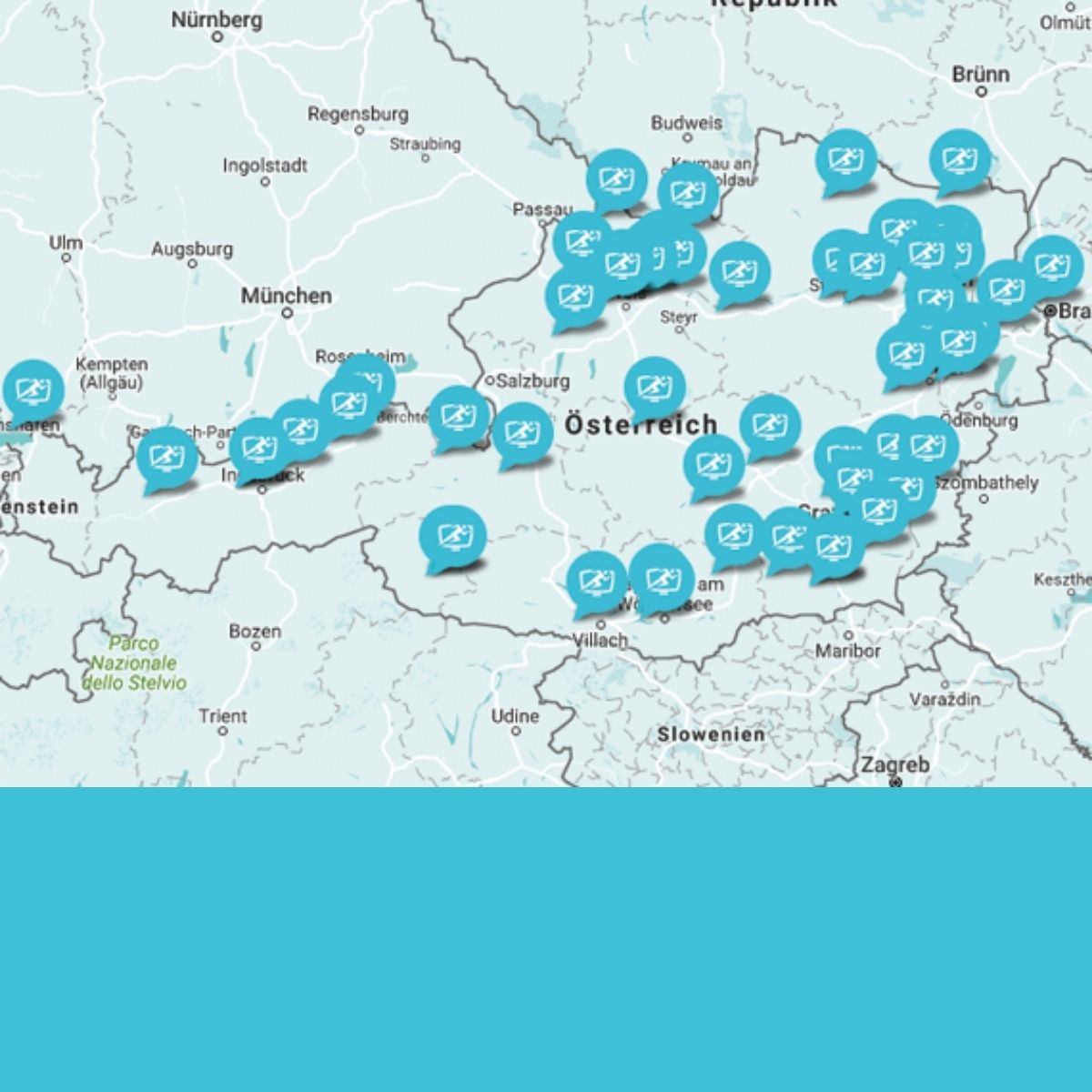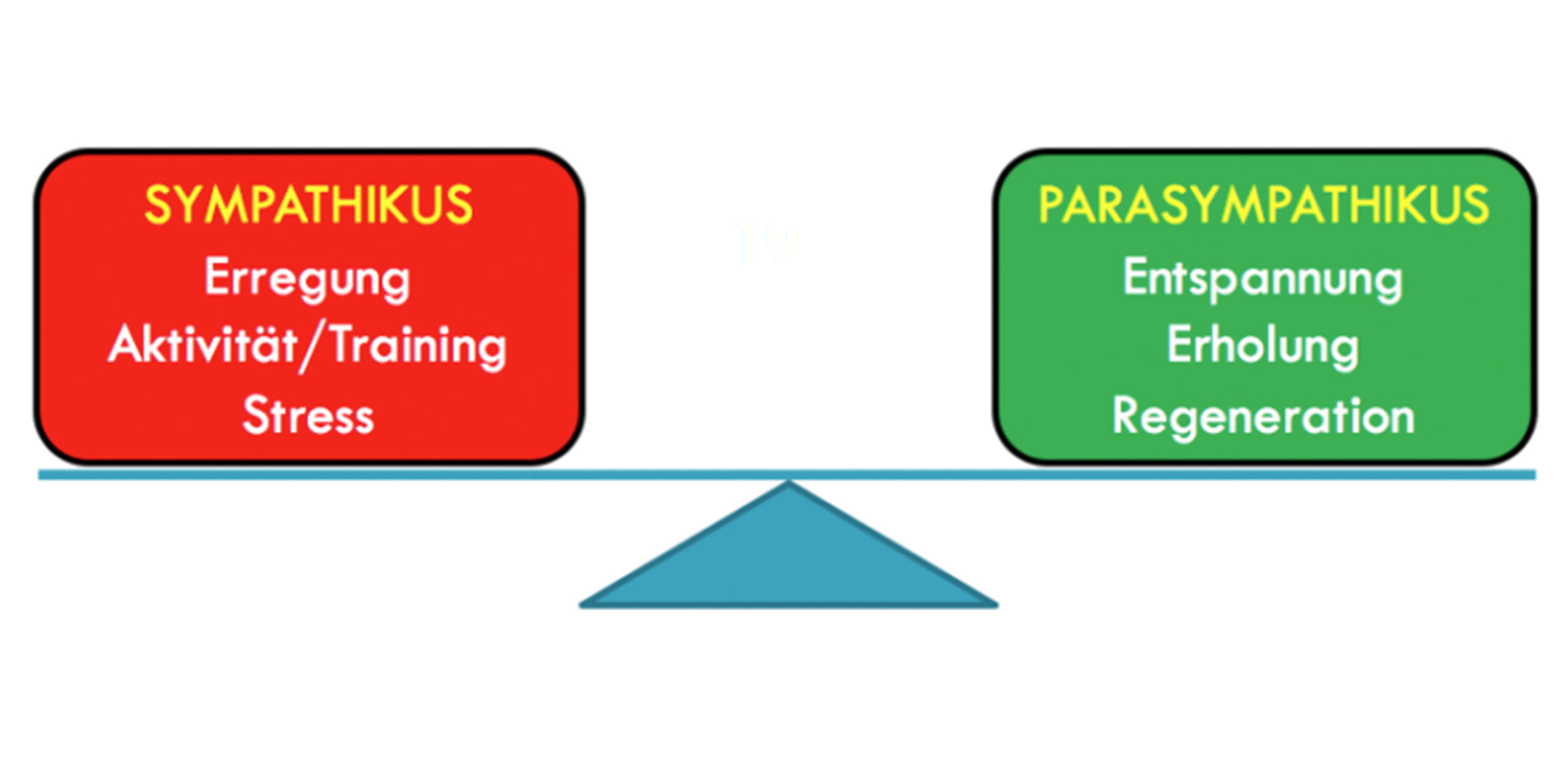The individual calibration
Since, as already mentioned, the individual prerequisites of a person are very different, it is not expedient to use standard values for a meaningful use of the heart rate variability for each individual person. Which HRV values are typical for a person depends on the one hand on the inherited prerequisites and on the other hand also on the previous lifestyle.
 In our system we have decided to make an individual calibration for the moment statements concerning regeneration and stress. In this way, we can give even a chronically ill person, who objectively has a very limited heart rate variability (limited function of the parasympathetic nervous system), the information that he is well recovered for his conditions at the time of measurement and thus more resilient.
In our system we have decided to make an individual calibration for the moment statements concerning regeneration and stress. In this way, we can give even a chronically ill person, who objectively has a very limited heart rate variability (limited function of the parasympathetic nervous system), the information that he is well recovered for his conditions at the time of measurement and thus more resilient.
These two factors provide the possibility to make a statement for the moment. Nevertheless, it is also interesting to show a trend of the development of load and recovery in their relation to each other. This part is fulfilled by the biological age and the heart rate variability. If the bio-age and the HRV are stable, load and recovery balance each other out. Decreasing bio-age and increasing HRV are to be regarded as signs of organic relief and thus improvement of the load capacity. Opposing trends are considered negative signals of summation of stress and reduction in resilience.

These two sources of information are therefore also objective data, which means a classification independent of the person.
Using the calibration function correctly
For an immediate load control, the parameters regeneration and stress are used to provide information depending on the situation. In the context of the calibration, we individually determine which HRV data of a person are typically to be described as high and which as too low! We derive this calibration function exclusively from the morning measurements, since we obtain the most stable and comparable data in the longitudinal section here after sleep.
The morning measurement must therefore be carried out cleanly and reliably. The best time for the majority of users has proven to be a measurement shortly before breakfast. A measurement immediately after waking up depends, among other things, on the type of waking up (alarm clock, waking up by oneself, depth of the sleep phase before waking up, ...). Before the measurements, typical behaviors that do not involve major effort are naturally allowed (going to the toilet, showering, short leisurely dog walk, ...). Due to the mild activation of the sympathetic nervous system and the counter-regulation of the parasympathetic nervous system, the organism begins to function optimally.
Alternatives for the timing of the morning measurement are, for example, right after breakfast (distraction from thoughts of work) or just before starting work in the office (if the morning at home is too hectic).
Example HRV
We have seen time and again that people who statistically fulfill the same conditions can be extremely different in their HRV. An example from sports can illustrate this very well using the scatter diagrams:

Statistically, these two people fulfill almost identical conditions. So, theoretically, they should also function organically in the same way. However, the scatter plots show very different scatter for the condition "regenerated" and "exhausted" respectively. If one were to judge them statistically, "regenerated" by person 1 would be the maximum for both, "exhausted" by person 2 the objective minimum. Person 1 would thus always appear relatively regenerated, person 2 always relatively exhausted. Based on this, a training or load control would not be possible!!! Misjudgements would not be preventable here.
Therefore, we generate an interpretation in longitudinal section via an ID - i.e. a person. This allows us to determine individually which values are good and which are bad for a person and thus to make individual statements about regeneration and stress. 100% regeneration can therefore be individually completely different HRV values:

Individual calculation
Since this fact is based on individual, organic preconditions, which are inherited on the one hand, but also acquired, this individualized calculation is mandatory. The first step, the basic calibration, requires 8 morning measurements. This gives the system an overview of a weekly cycle that the organism goes through. During this time, regeneration and stress should be used with caution, due to the still small number of measurements.
Then, subsequently, every single morning measurement has an influence on the calibration. However, heart rate variability is also subject to a natural aging process, which is caused by a reduced performance of the parasympathetic nervous system with increasing age. At the same time, rhythmic fluctuations in HRV can be observed over the course of the year (values tend to be worse in winter and better in summer). In order that these two phenomena do not have a negative influence on the calibration, we evaluate a measurement of one day against the background of the last 60 morning measurements (i.e. for daily measurements we always look back 2 months).












Leave a comment
All comments are moderated before being published.
This site is protected by reCAPTCHA and the Google Privacy Policy and Terms of Service apply.